SUMMARY
This is AI generated summarization, which may have errors. For context, always refer to the full article.
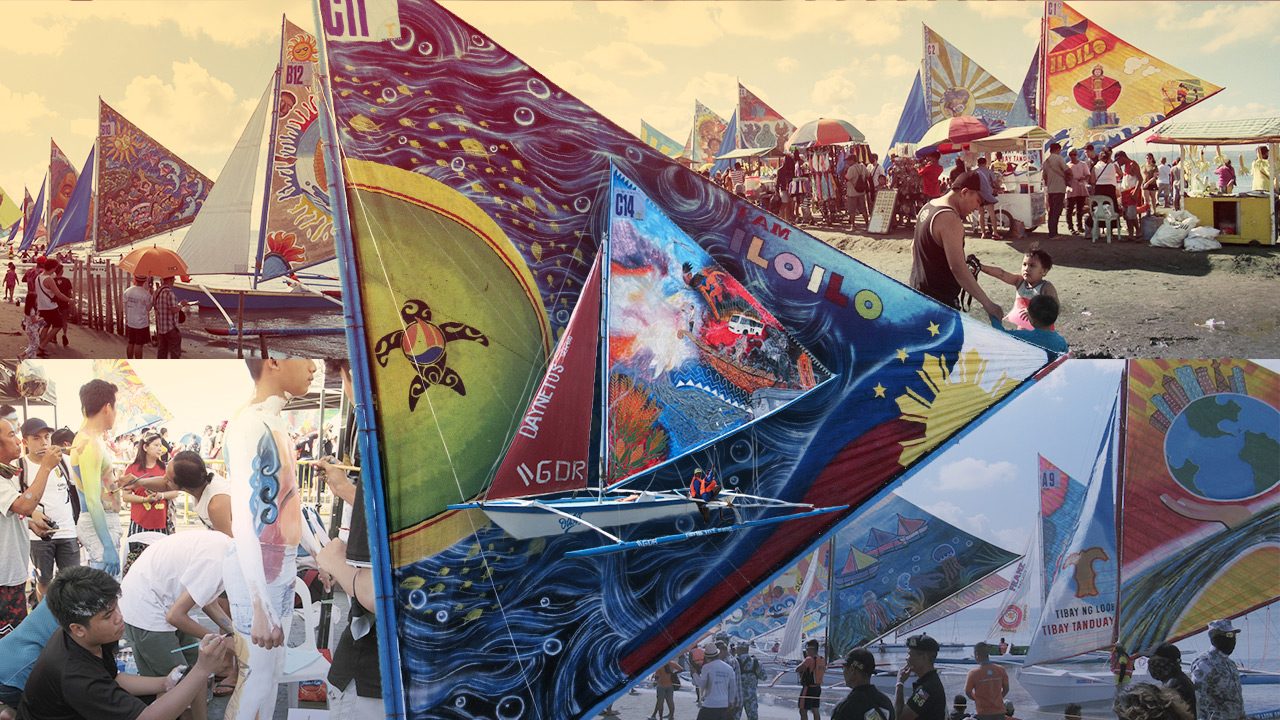
The Iloilo and Guimaras Paraw Regatta, named after the eponymous, ancient sea craft, turned 50 years old this year, returning on March 19 after a three-year hiatus imposed by COVID-19. The festival is touted as the largest of its kind in the country, and claims to be the oldest traditional craft event in Asia. First held in 1973, it celebrates the double outrigger boats that have been in existence for centuries.
In the organizer’s website, Jonathan Grant provides technical and fascinating information about the paraw’s specific structure and dimensions – the outriggers that act as stabilizers and platforms for the crew; the body (designed in a 20:1 length to beam ratio); and the sail types (blade jib, mainsail, and boom) – explaining why the sleek design, evolved by our seafaring ancestors, is so efficient and speedy.

It’s been decades since I’ve been on a paraw – albeit the motorized passenger ones that used to ply the Ortiz (Iloilo) routes to Guimaras. Passenger services were discontinued after a series of unfortunate accidents one afternoon in 2019, which left over 30 dead after squalls hit three paraws. The passenger routes are now serviced by ro-ro ships, fast craft, and hydrofoils.

One of the most evocative descriptions of a paraw ride from Iloilo to Guimaras is by Mrs. Campbell Dauncey in her 1906 book, An Englishwoman in the Philippines.
“…We made arrangements to take paraws — long, thin frames of bamboo with bejuco matting, tarred inside and out, sharp and narrow as a blade, with canvas sails and wide outriggers. The crew consist of several men, one steering while others control the sails or run out on the outriggers. The art of sailing them requires very skillful balance, according to the direction of the wind. Breezes here are known as “one-man” or “three-man” winds, by the number of men required on the outriggers…. They look very risky, and skim over the water like swallows, and can anchor in shallow places.… We got onboard ‘Soltero,’ had a fresh three-man breeze, a glorious sunny morning; I wished the crossing took half a day instead of half an hour.”
She continues: “…I watched the marvelously nimble sailors run upon the outriggers, first to one side, then we made a wide tack and the sail swung around, nearly knocking our heads off, and the crew rushed over to the other side, doing feats of balancing far more wonderful than anything in a circus…. Their astounding balance and agility, fathoms of choppy sea running with a swift current, full of sharks. They brought the boat to the beach, ran her on in shallow water and up on to the sand, where we could jump ashore…”

But back to the regatta competition. There are three classes – A, B, and C, depending on sail size and waterline length. A minimum of two are allowed onboard the boat; the boat must finish with the same crew members it started out with. Starting and finishing point is at Tatoy’s Manokan; the course is 30 kms. Boats must round certain points along the Iloilo and Guimaras straits, passing by Fort San Pedro, Buenavista, Nagaba, and Bundolan points. Entries from Boracay dominated Class C (the largest sails/longest) while boats from Leganes and Tigbauan took the honors for Classes A and B. One onlooker confided, “The Boracay crew is from Tigbauan; they sail everyday with tourists.”

Centerpiece races apart, there are other side events. The week’s activities are concentrated along a 1-km strip of beach between Breakthrough Restaurant and Tatoy’s; these include beach volleyball, beach football, slalom and obstacle races, frisbee competitions, ultimate fitness challenges, and a contest to choose the best painted sails among the regatta participants. “Sinamba sa Regatta” is a mardi-gras like competition showcasing costumes and dance moves. This year, additional attractions included a lechon contest, a lighted paraw competition, and a “pinta tawo” (body painting) competition. A Miss Paraw Regatta 2023 was also selected.
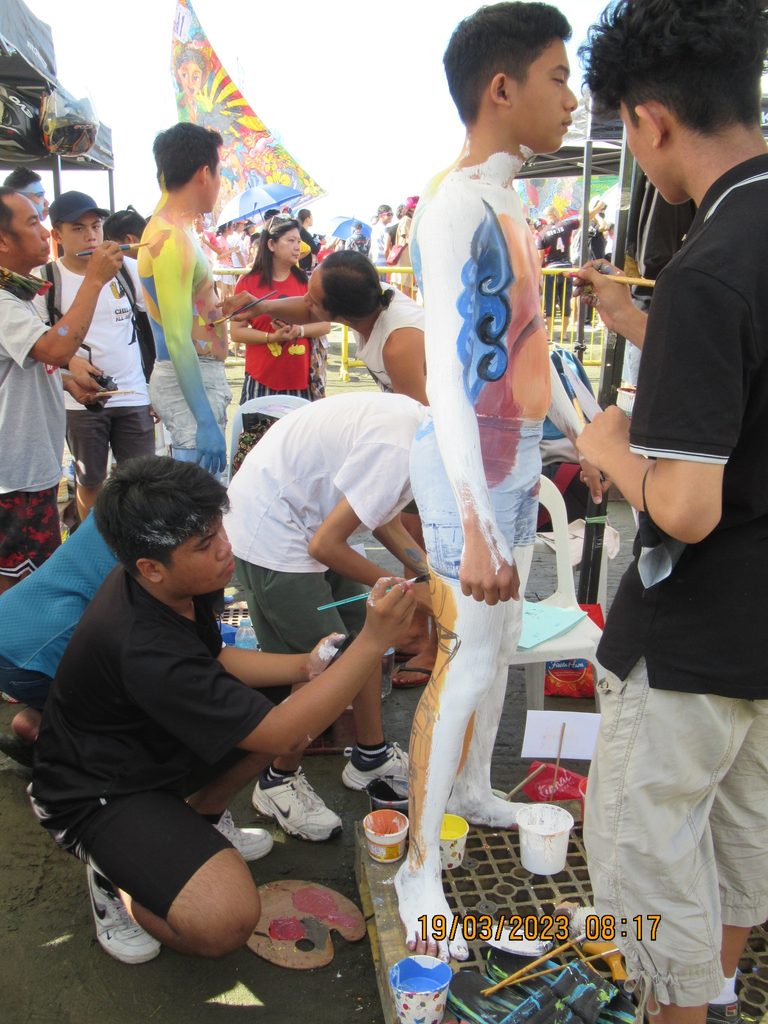
Filipino traditions of seafaring are nothing short of impressive; the country is the world’s largest provider of seafarers. Close to 400,000 Filipinos work in various positions at sea, accounting for as much as a quarter of all seafarers working on merchant ships. Iloilo has the country’s only maritime university. Ilonggo seafarers contribute greatly to the family’s income. Along towns in Panay, one sees huge mansion-like residences, with the ubiquitous seafaring symbols (ship’s steering wheel and an anchor), which implies the owner must be a maritime officer, and the house “katas ng marino.”
People of Iloilo and Guimaras Strait continue to use the paraw as a means of transportation as well a source of livelihood, and some are beached along the coast facing Guimaras. Grant notes that with a fresh breeze, the paraw is a strikingly fast boat, making 20 to 30 kph; the paraw was the inspiration for the trimaran, the fastest sailboats on the planet. In ideal conditions, the paraw can sail close to the speed of the wind.
This year’s competition also happens to be the first one done after the road along Villa Beach was widened, with drainage and sidewalks improved. With planned clearing of structures and informal settlers on the seaside, this could once again become Iloilo City’s version of the Riviera – but without the dolomite coating. – Rappler.com
Add a comment
How does this make you feel?
![[Ilonggo Notes] Putting the spotlight on Ilonggo and regional cinema](https://www.rappler.com/tachyon/2024/04/Screenshot-2024-04-07-at-2.04.59-PM.png?resize=257%2C257&crop=321px%2C0px%2C809px%2C809px)
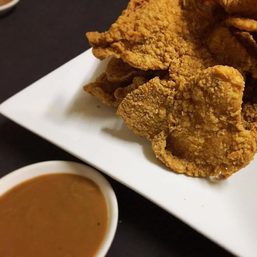
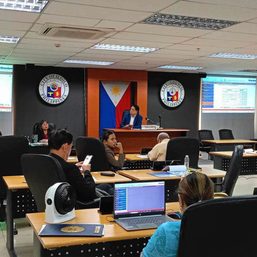
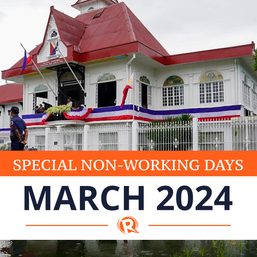
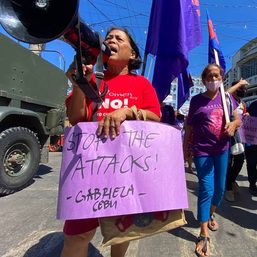
There are no comments yet. Add your comment to start the conversation.